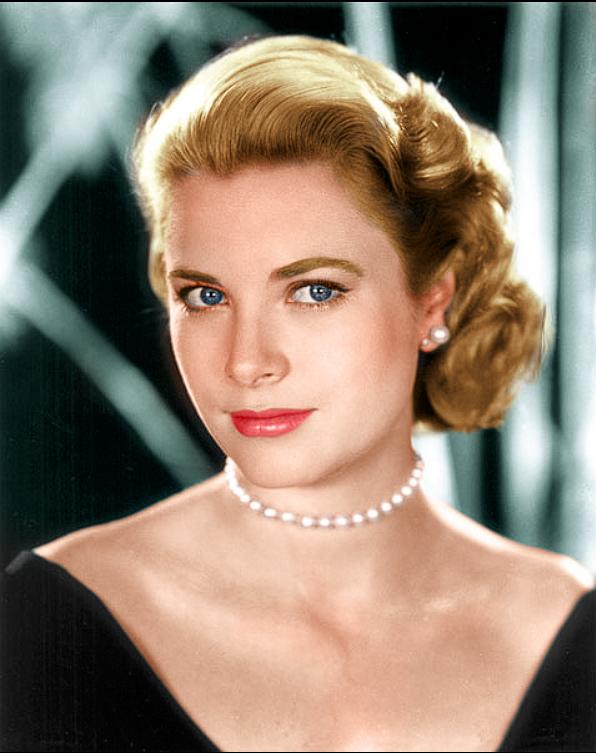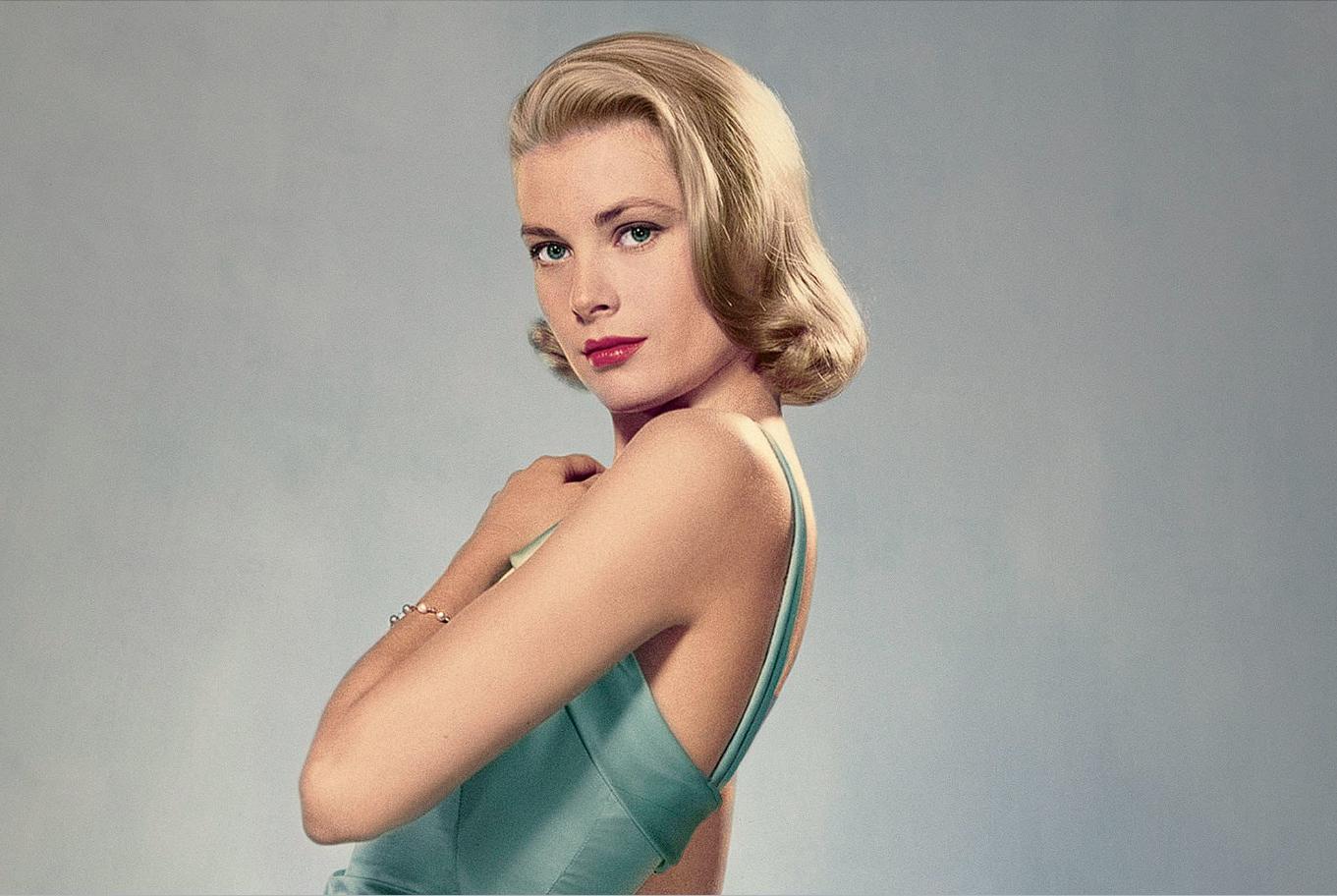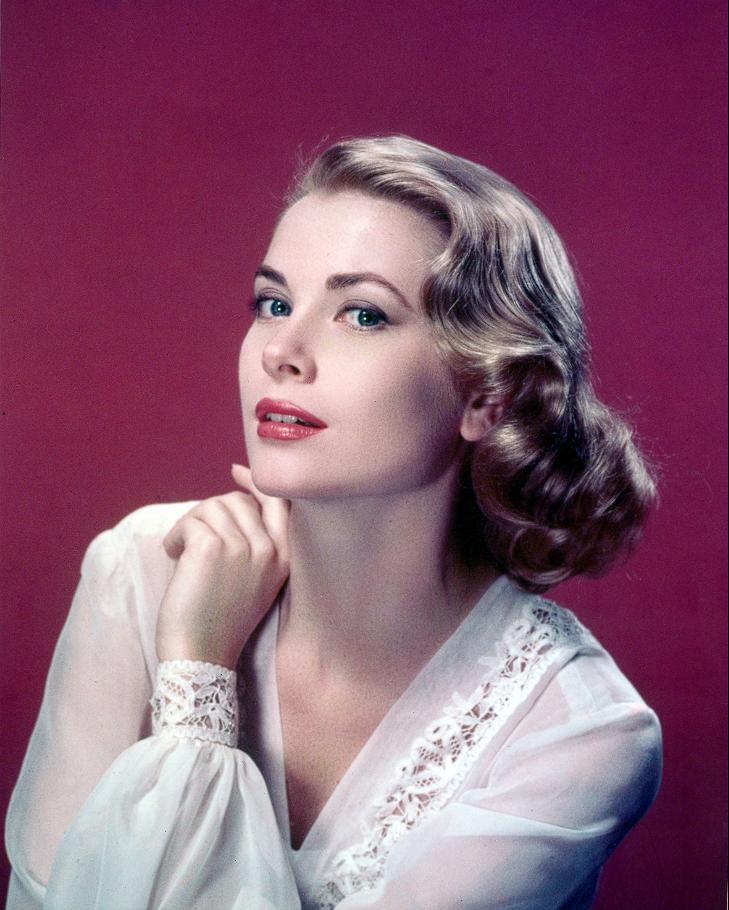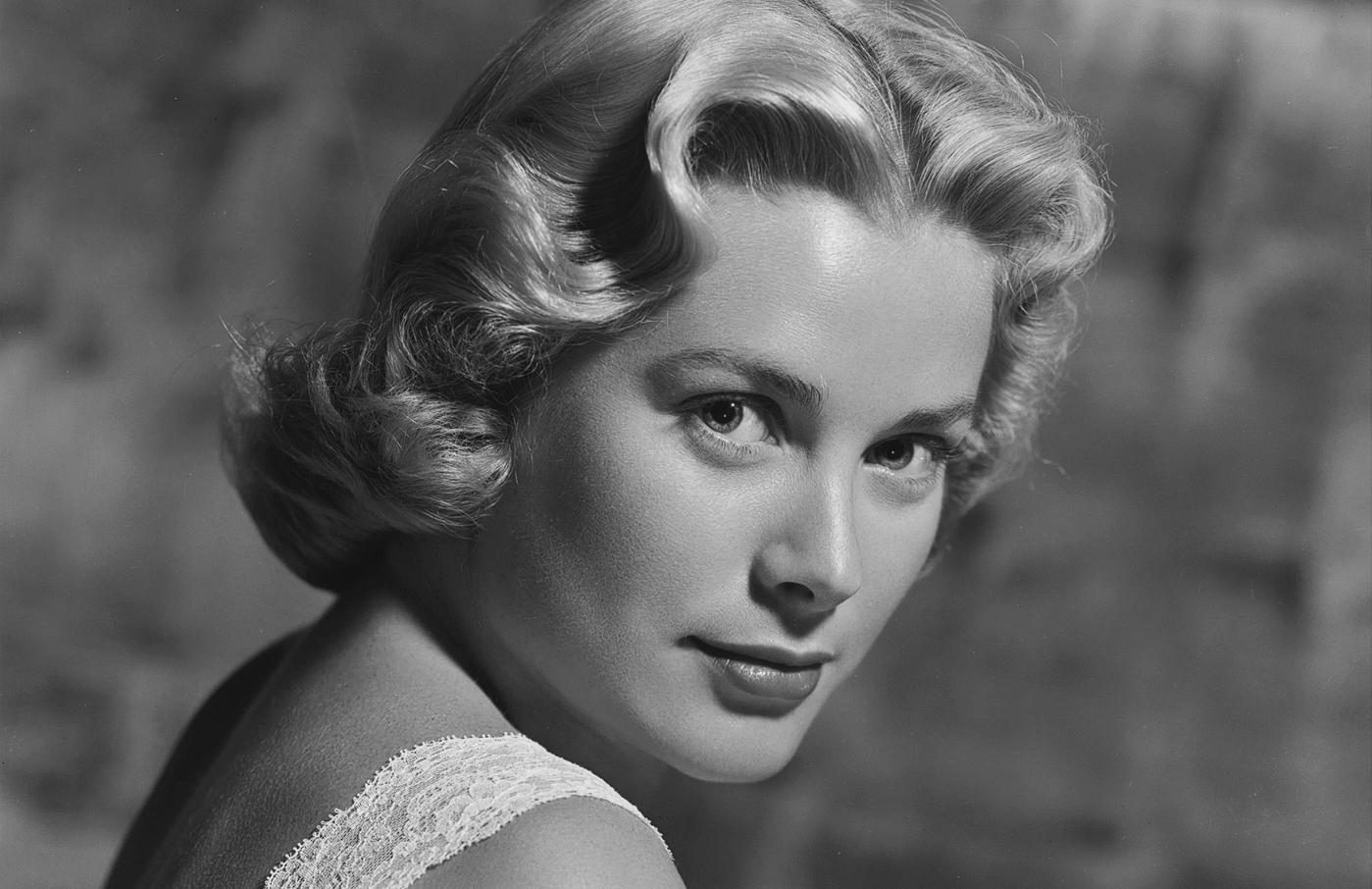Grace Kelly: Hollywood’s Princess Who Traded Stardom for a Crown
There are faces that seem to belong to another world, and Grace Kelly’s was one of them. With porcelain skin, serene blue eyes, and an effortless elegance that seemed untouched by time, she appeared to step straight out of a dream. In the 1950s, as America embraced a new era of glamour and optimism, Grace emerged as Hollywood’s reigning star—a woman whose beauty and poise made her unforgettable in classics like Rear Window, To Catch a Thief, and The Country Girl.
But the world rarely sees the silent tug-of-war that goes on beneath a polished surface. Behind Grace’s composed exterior lived a woman torn between artistic freedom and a destiny that would ask her to surrender it all.
A Dreamer Among Champions
Born in 1929 to a distinguished Philadelphia family, Grace Patricia Kelly entered life already surrounded by the towering expectations of greatness. Her father, John B. Kelly Sr., was a three-time Olympic gold medalist in rowing; her mother, Margaret, a former model and champion swimmer, ruled the household with athletic discipline. In a family that celebrated physical achievement, Grace’s dreamy introspection made her something of an outsider.
Drawn not to trophies but to the transformative world of performance, Grace pursued acting against her parents’ wishes. She trained at the prestigious American Academy of Dramatic Arts, honing her craft on the stage and small television productions before Hollywood came calling. When it did, it embraced her fully. Within a few short years, Grace became a household name—her luminous beauty and restrained emotional depth captivating directors, audiences, and critics alike.
The Perfect Muse and the Unspoken Longing
Few directors understood Grace’s delicate power better than Alfred Hitchcock. To him, she was the embodiment of his ideal “cool blonde”—a woman whose polished exterior concealed a volcano of emotion. In Dial M for Murder, Rear Window, and To Catch a Thief, Grace balanced poise with a simmering passion that left audiences spellbound.
In 1955, she won the Academy Award for Best Actress for her role in The Country Girl, playing against type as the weary wife of an alcoholic actor. At just 26, she stood at the pinnacle of fame, with Hollywood at her feet. Yet fame, for Grace, was never the destination. As her star climbed higher, she found herself yearning for something that glitter and applause could not provide: lasting purpose, stability, perhaps even escape.
A Crown Instead of a Camera
That escape appeared to materialize in the form of Prince Rainier III of Monaco. Their meeting during the 1955 Cannes Film Festival was orchestrated as a publicity event, but something real sparked between the American actress and the European monarch. A year later, Grace Kelly gave the world its modern Cinderella story.
Their wedding in April 1956 was a spectacle of almost mythic proportions, watched by an estimated 30 million people worldwide. Hollywood lost its brightest star, and Monaco gained a princess.
But trading film sets for palace halls came with a cost. Life behind the gilded walls was governed by tradition and rigid expectations. Grace, once free to channel her creativity into roles, found herself constrained by protocols and appearances. Friends whispered of her loneliness, of a quiet melancholy that settled in as she adjusted to a life that was far more isolating than it appeared in photographs.
While Grace carried out her royal duties with grace and devotion, a part of her—the artist, the dreamer—faded quietly into the background.
Tragedy on the Winding Roads of Monaco
Even fairytales are not safe from the cruel turns of fate. In September 1982, while driving along the serpentine roads of Monaco with her teenage daughter Stéphanie, Grace suffered a stroke behind the wheel. Their car plunged off a steep cliff. Stéphanie survived with injuries, but Grace passed away the next day at the age of 52.
The world, stunned, mourned the sudden loss of its princess—an icon of an era when beauty, dignity, and dreams still seemed tangible.
An Eternal Symbol of Elegance
Grace Kelly lived two lives, each filled with both splendor and sacrifice. As an actress, she left behind performances that continue to mesmerize new generations. As a princess, she redefined royal elegance, bringing warmth and humanity to an ancient institution.
Yet her story is more than a fairytale. It is a bittersweet reminder that even the most enchanted lives are marked by longing, compromise, and heartache.
Grace Kelly remains, even decades after her death, a timeless symbol—not just of beauty, but of the quiet courage it takes to step into the unknown and embrace a destiny larger than oneself.
